What if I told you that a man who has trained more than half of the current Formula 1 driver grid does so on a bleak airfield in the Midlands, around some cones he drops out of the car door, in Autocar’s old long-term Vauxhall Insignia?
Yeah, that’s what I’d have thought, too. But here we are, at Bruntingthorpe Proving Ground, to meet a Kiwi former racing driver called Rob Wilson.
Wilson’s racing CV is pretty good: he started in formula cars, briefly drove Indycars and was the first non-American/Canadian to race semi-regularly in Nascar. Later, he moved towards sports and endurance races: Le Mans, Bathurst, Daytona…
But within racing, Wilson is now better known for what he does in a Vauxhall estate in Leicestershire: making today’s fast drivers go faster.
Funny old thing, motorsport. In most sports, the leading exponents wouldn’t dare go anywhere without their coach, and great mentors are celebrated. Yet a couple of years ago, I interviewed Nico Rosberg, who told me he didn’t have a coach. At the mere suggestion of it, he looked at me like I was an idiot. He probably thought that quite a lot, though.
The closest he’d admit was that his engineer, in some ways, occupied that role. For some drivers, it’s like it’s an admission of weakness; you’re either fast enough or you’re not. (The results of, say, Nissan’s GT Academy suggest that it ain’t so.)
The truth is, fast drivers do take coaching, too, sometimes off their own bat and sometimes at their team’s behest. And as often as not, Wilson is the one they turn to.
Wilson’s training days start late, over a cup of tea, informally in Bruntingthorpe’s offices. He tells you how it’s going to go and a bit of theory behind going fast.
I’ve spent time with driver coaches before who are keen to just tell you who they’ve coached. They talk quickly and aggressively and don’t take questions well.
Wilson isn’t like that. He’s calm and eloquent and listens to questions as well as he talks. Within, oh, about a minute, I know I’m in the company of someone who understands not just the racing lines of a specific circuit but the whole theory of speed – someone who understands physics.
He knows that not everything he’d like you to learn will be appropriate for every corner on every circuit. And he knows that there is more than one fast way of doing things. But ultimately, he knows that what he tells you today will make you a faster driver. It’ll go into your noodle and you can call on it when driving fast “becomes a craft”.

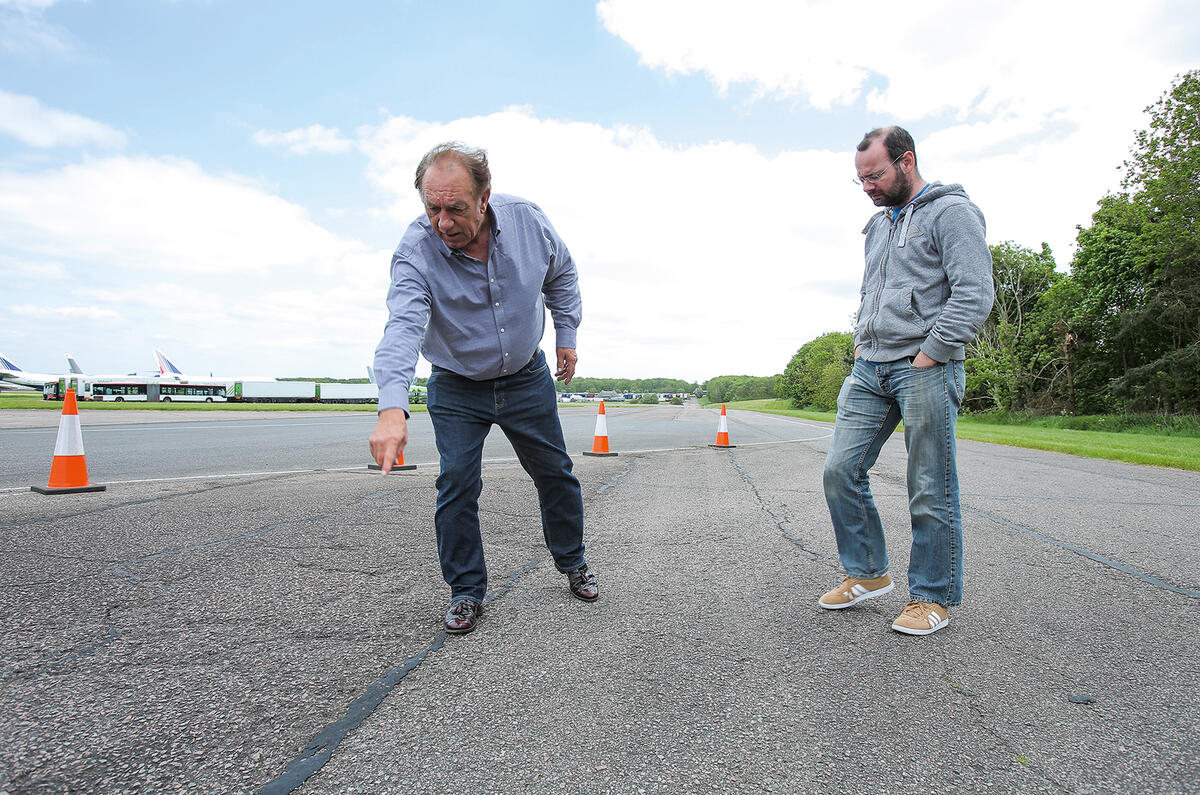
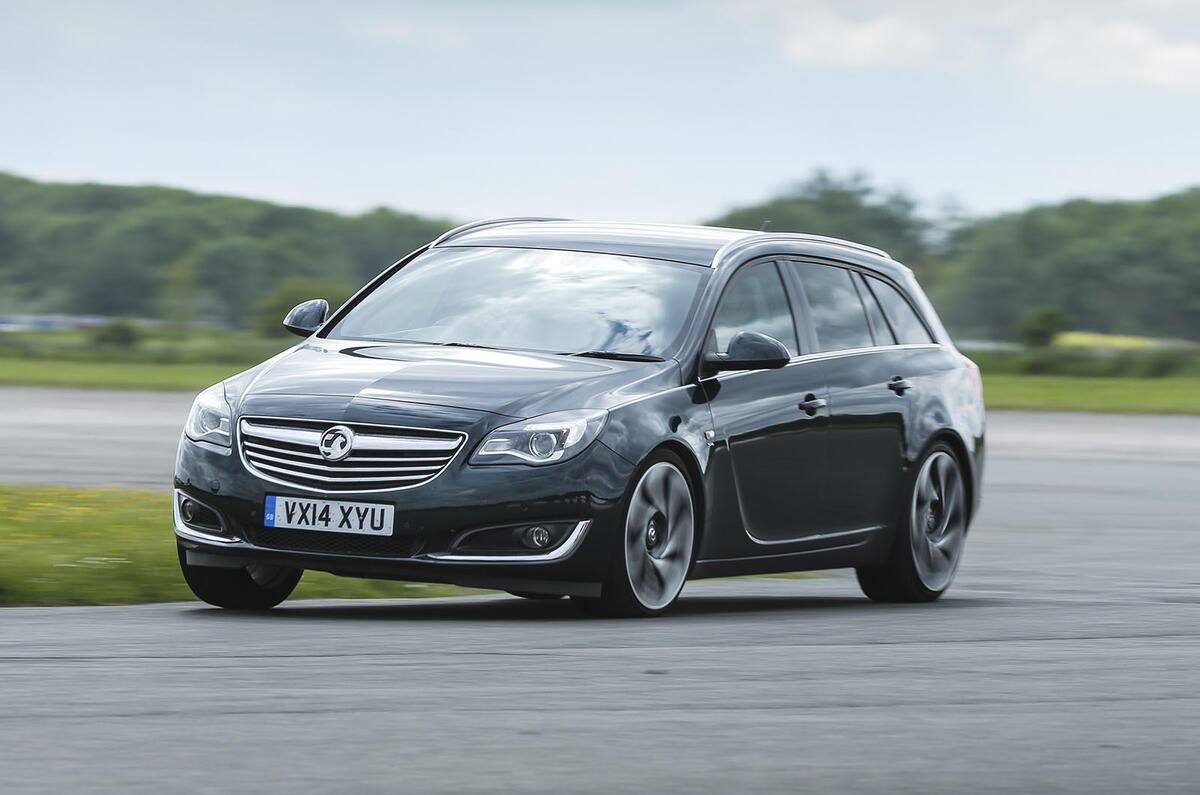


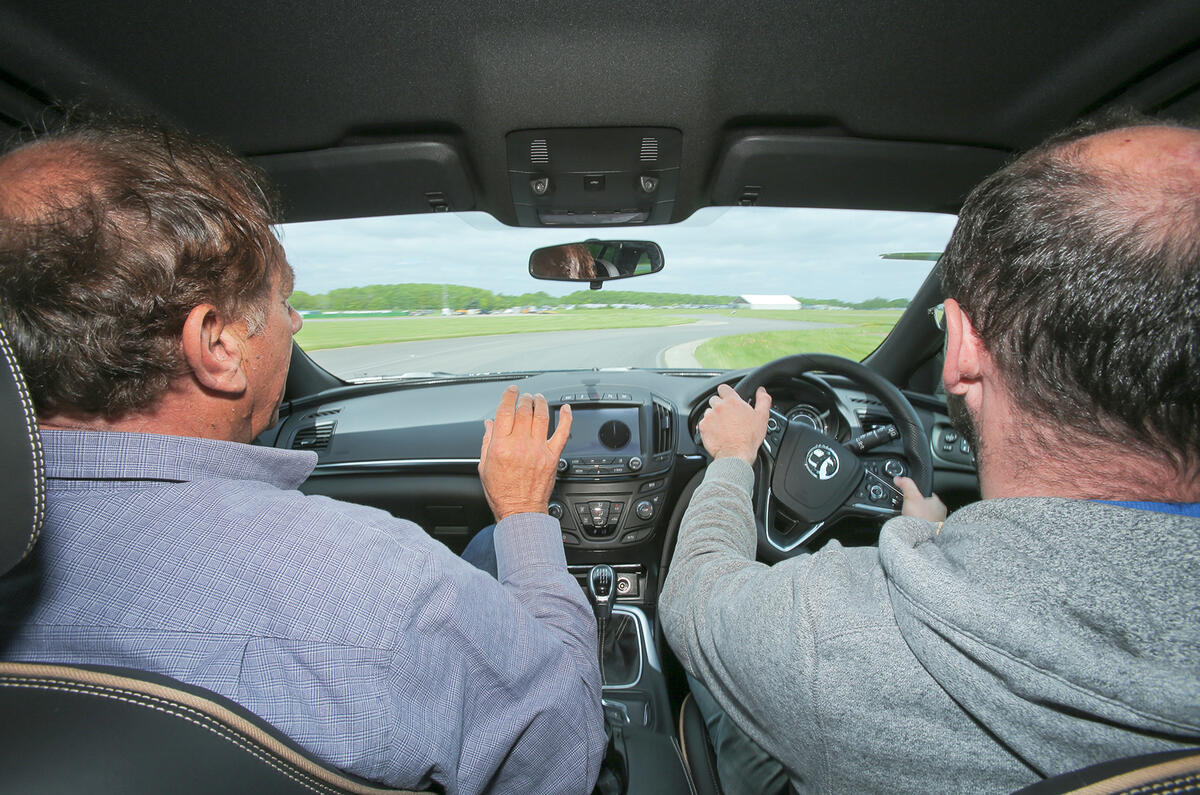
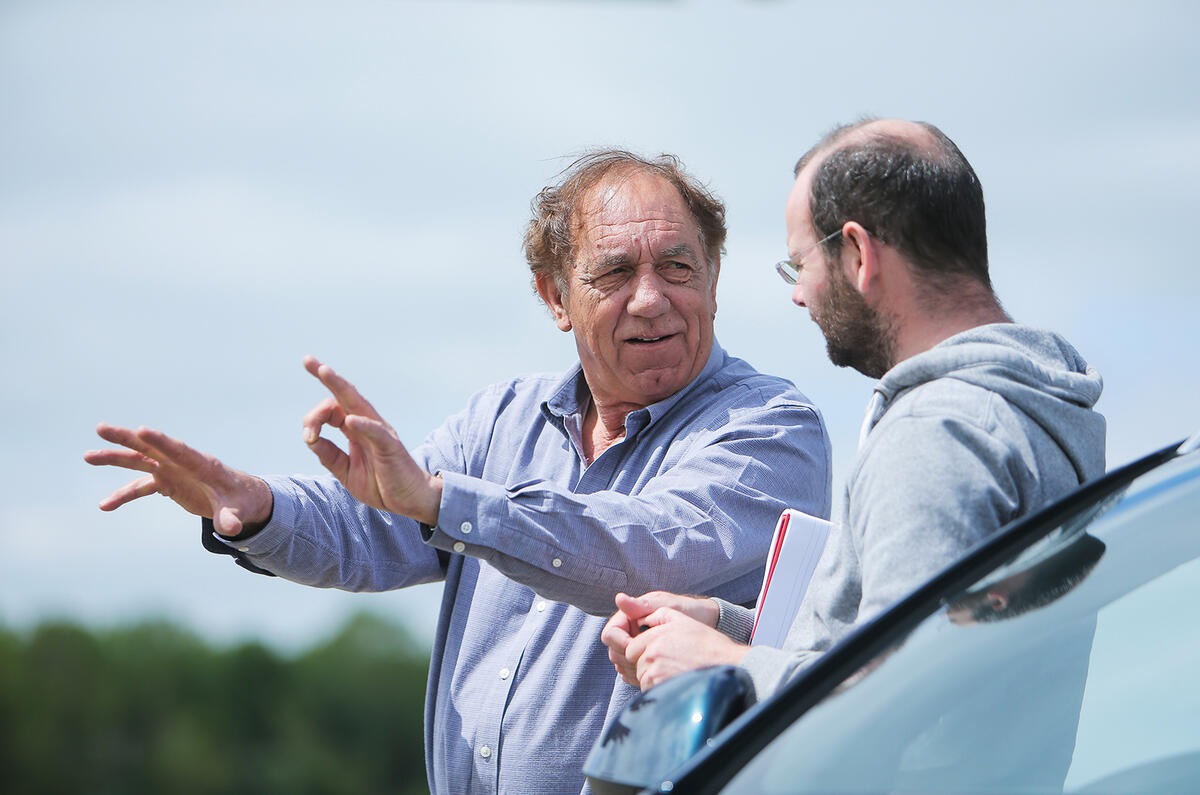
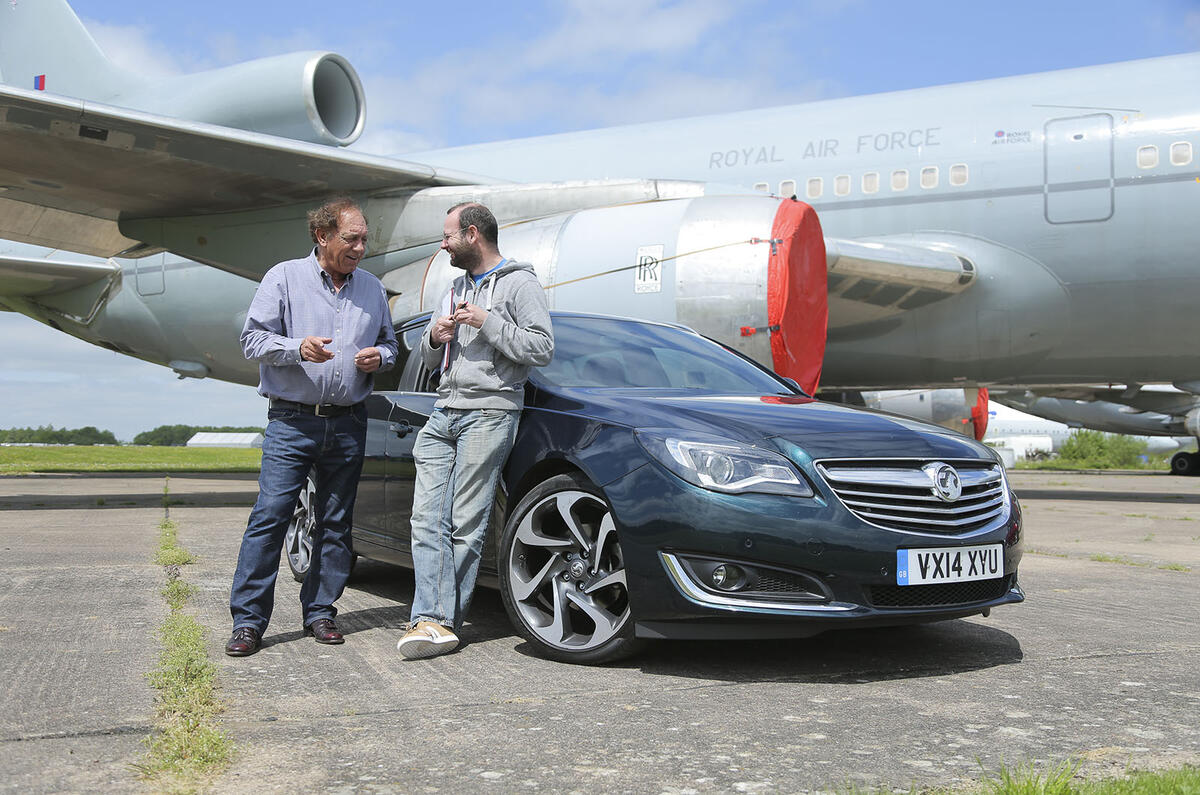
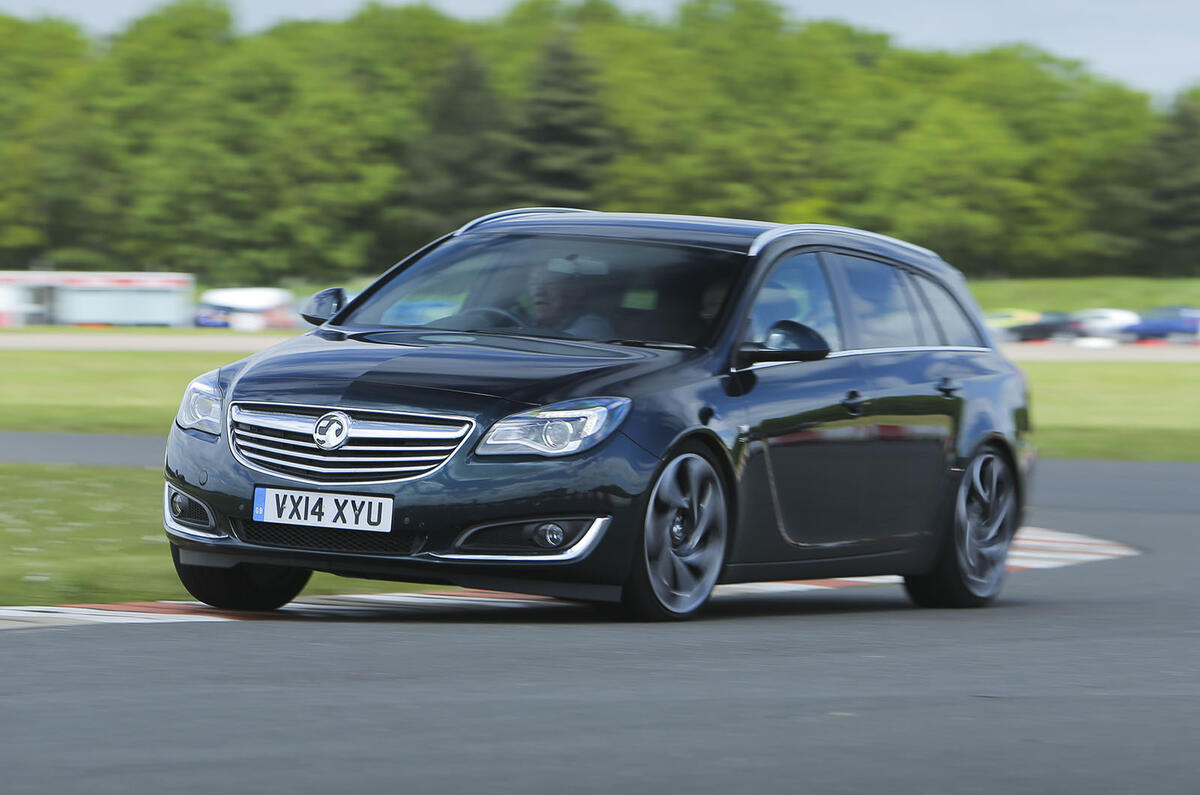
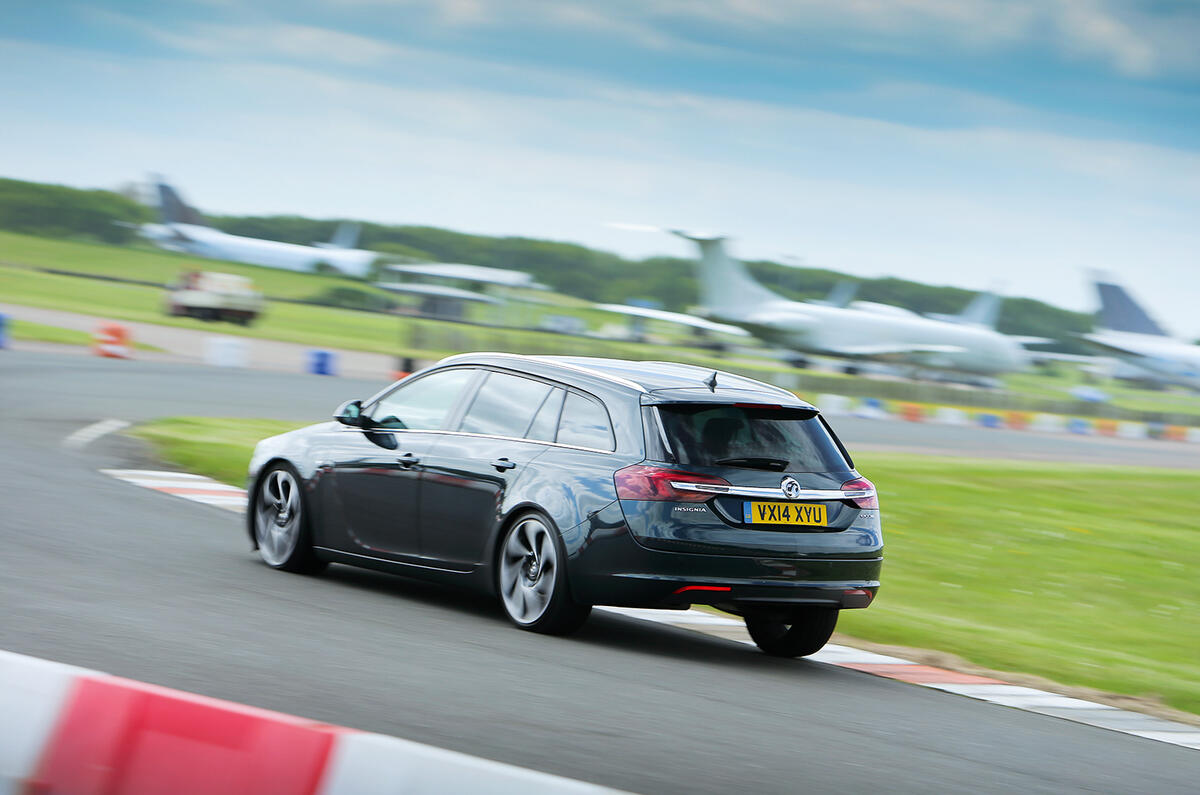
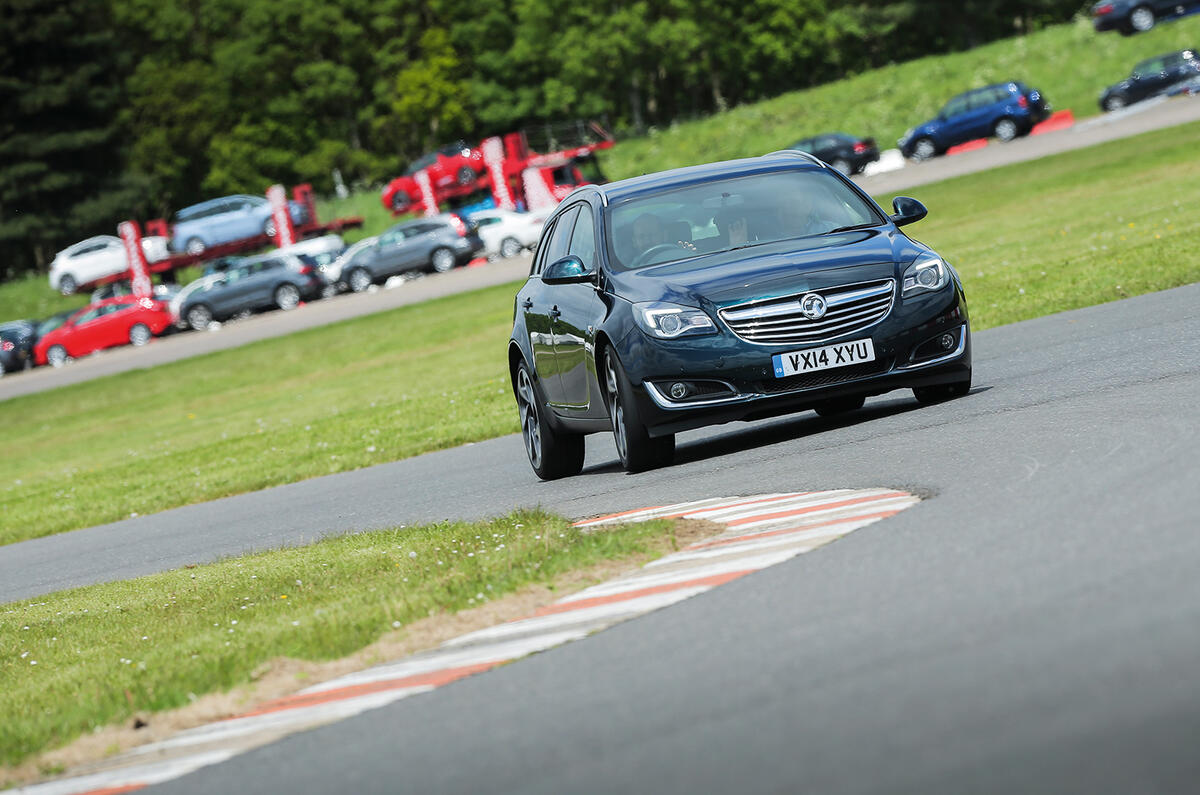
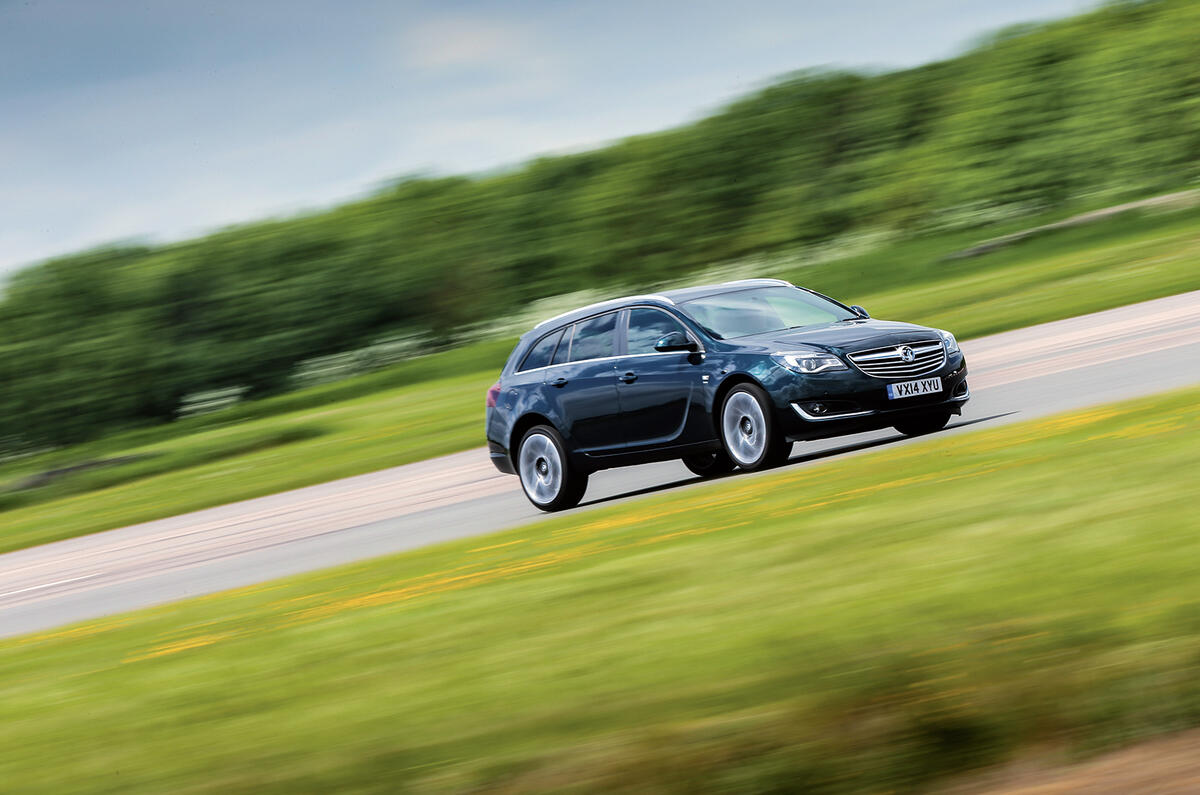
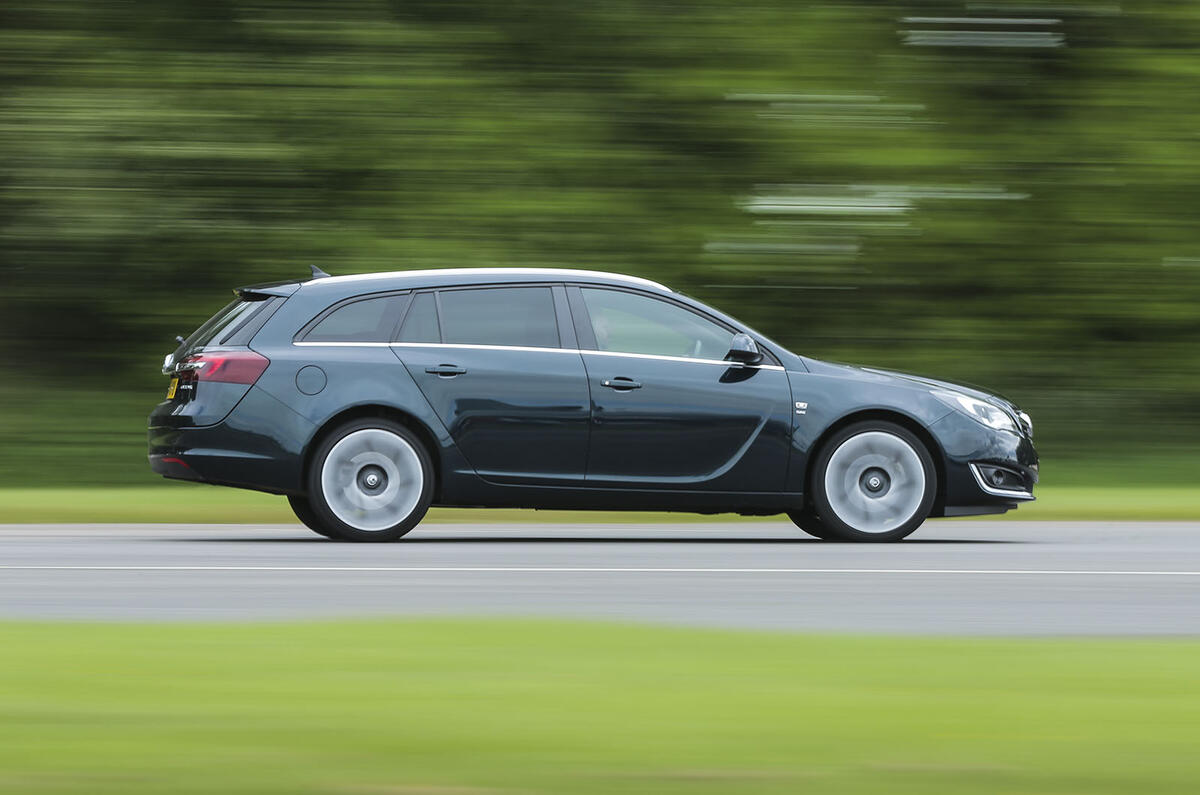
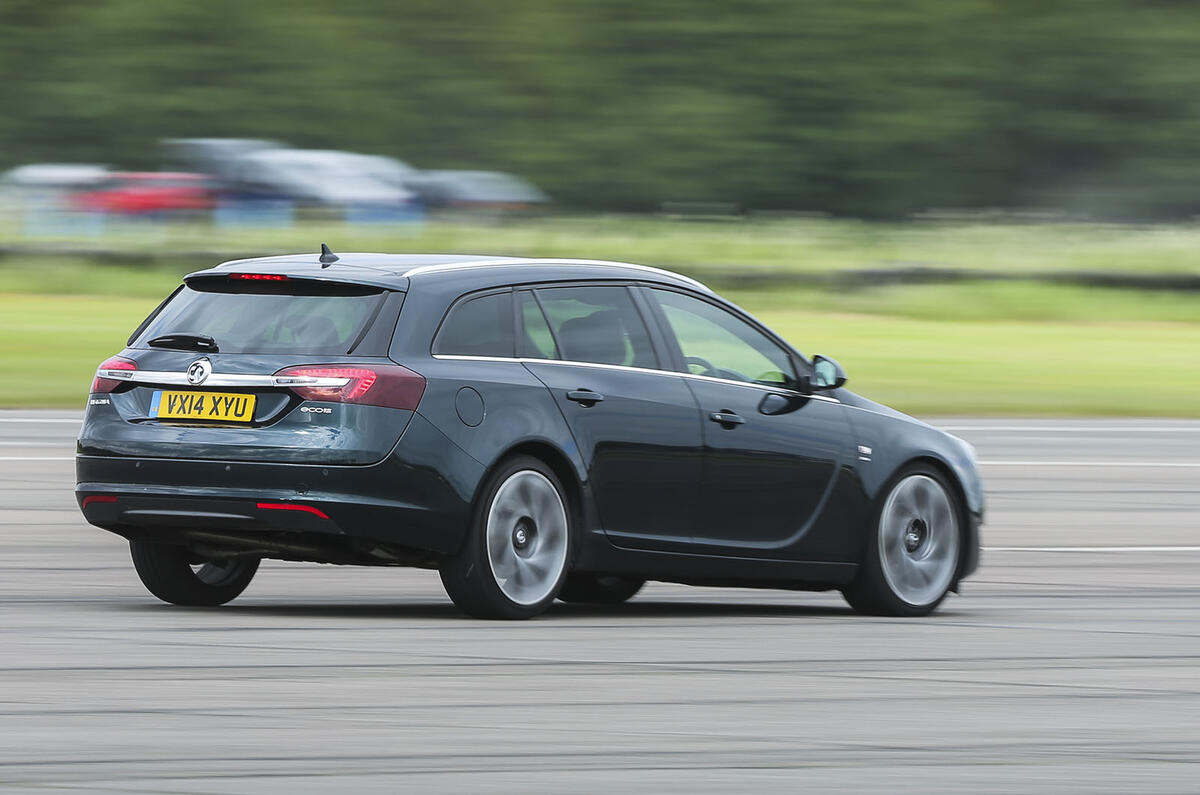
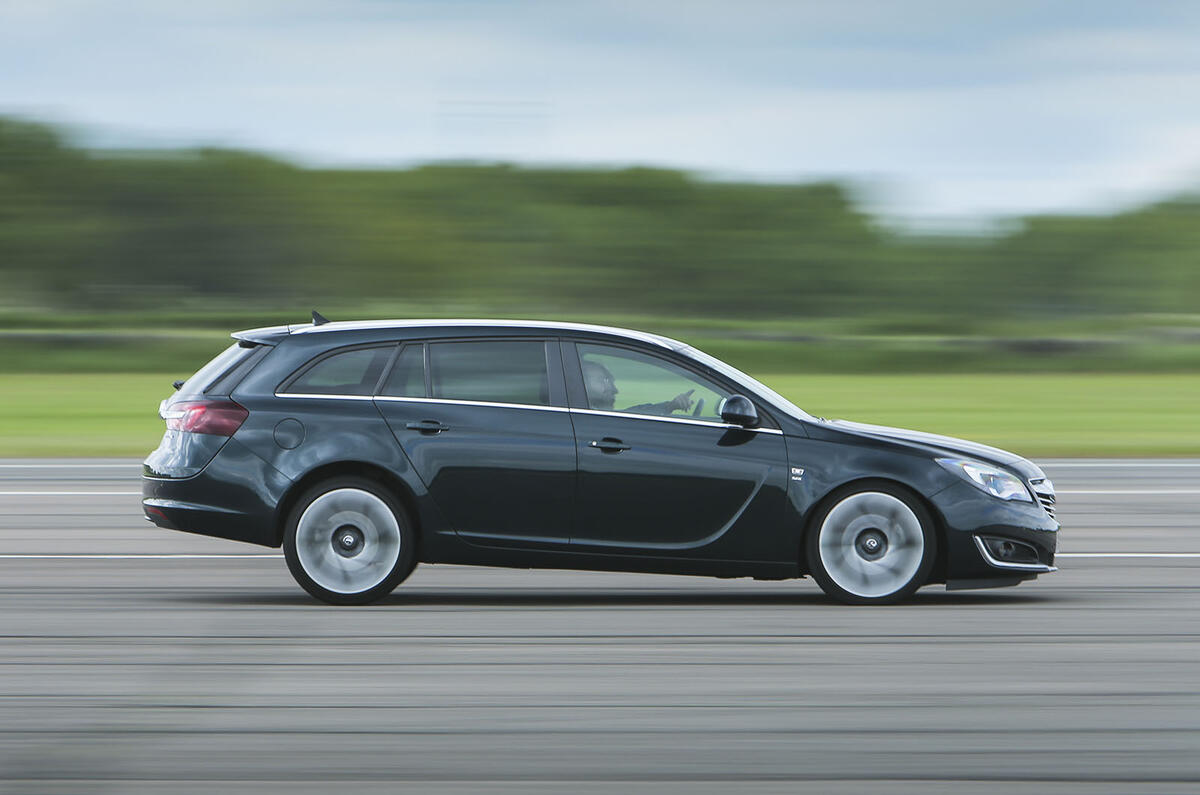
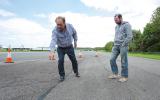


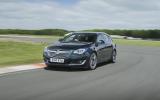


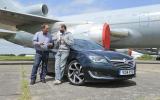


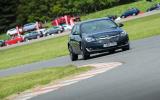



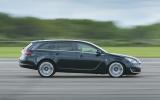






Add your comment